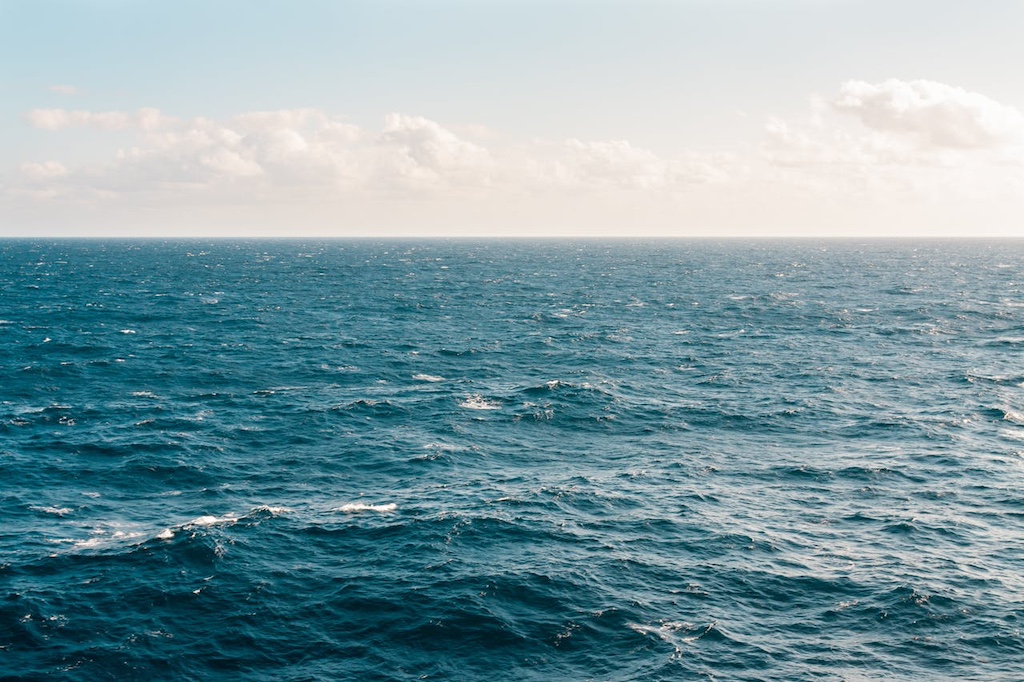Oil spills are among the most severe environmental disasters affecting marine ecosystems. Whether from tanker accidents, offshore drilling leaks, or pipeline ruptures, the release of petroleum into oceanic environments poses immediate threats to marine life, local economies, and water quality. To mitigate these dangers, oil spill dispersants have become a widely used response tool. Dispersants are chemical agents designed to break up oil slicks into smaller droplets, making them easier for natural biodegradation processes to occur.
However, the effectiveness of oil spill dispersants is not universal—it depends heavily on the surrounding environmental conditions. Factors such as temperature, salinity, wave activity, and the timing of application significantly influence the performance of these agents. Moreover, choosing the right dispersant requires consideration of both environmental safety and technical compatibility. This article explores these key elements to provide a comprehensive understanding of how dispersants work best in different marine scenarios.
How Environmental Conditions Affect Dispersant Effectiveness
Oil dispersants work by reducing the surface tension between oil and water, allowing the oil to break into tiny droplets that disperse throughout the water column. These droplets are then consumed more easily by naturally occurring microbes. However, this process is heavily influenced by the environmental conditions at the spill site.
In ideal conditions—such as moderate temperatures, sufficient wave agitation, and appropriate salinity—dispersants can be extremely effective. But in suboptimal environments, the chemicals may fail to mix properly with the oil or might not adequately break the slick, resulting in limited success. Understanding the local environment is crucial to predicting the outcome of a dispersant application.
For instance, in icy or calm waters, the interaction between oil and dispersant may be minimal due to lower kinetic energy or a hardened oil layer. In highly turbid or shallow environments, the risk of dispersant reaching non-target organisms such as corals or coastal flora becomes higher, demanding more careful planning.
The Impact of Temperature, Salinity, and Wave Agitation
Temperature is one of the most critical factors influencing dispersant effectiveness. In warmer waters, oil tends to remain more fluid, making it easier for dispersants to mix with the oil and break it into smaller droplets. Conversely, in colder environments, oil becomes more viscous and resistant to dispersion. The reaction rate of the dispersant also slows down in low temperatures, leading to delayed or reduced effectiveness.
Salinity, or the salt concentration of seawater, also plays a key role. Most dispersants are formulated to work optimally in saline conditions, meaning they may be less effective in freshwater environments like rivers or estuaries. Salinity helps stabilize the formation of oil droplets and enhances microbial activity, accelerating the breakdown of dispersed oil.
Wave agitation or water movement is another pivotal element. Dispersants require physical energy to be thoroughly mixed with the oil slick. In high-energy environments with strong waves or currents, the dispersant can mix more effectively, leading to greater dispersion. In contrast, in calm seas or enclosed bays, the lack of agitation means the dispersant remains on the surface and may not achieve the desired effect.

Optimal Response Time for Application
Timing is everything when it comes to applying oil spill dispersants. The window of opportunity for dispersant effectiveness is generally within the first few hours after a spill occurs. This is because fresh oil is less viscous and more chemically active, allowing for better penetration and dispersion. As time passes, oil undergoes a process called “weathering,” which includes evaporation, emulsification, and solidification, making it increasingly resistant to chemical dispersion.
Delayed application significantly reduces the success rate, especially in colder waters where the oil thickens quickly. Early detection and rapid mobilization of response teams are therefore critical to maximizing the impact of dispersants. In many cases, having a pre-approved dispersant plan and trained personnel on standby can make the difference between a successful cleanup and a prolonged environmental crisis.
Challenges in Choosing the Right Dispersant Product
Despite the variety of dispersants available on the market, selecting the right product is a complex task. Factors to consider include:
- Type of oil spilled: Light crude oils are generally easier to disperse than heavy or weathered oils.
- Environmental impact: Some dispersants may contain ingredients that pose risks to marine organisms, especially in shallow or sensitive ecosystems.
- Regulatory approval: Not all dispersants are approved for use in every country or maritime jurisdiction. Compatibility with local laws and standards must be confirmed.
- Toxicity and biodegradability: The dispersant itself must break down safely in the environment after use, without causing secondary contamination.
Additionally, logistics such as the availability of dispersant stock, storage conditions, and delivery methods—whether by aircraft, vessels, or sub-surface injection—further complicate the decision-making process.
This is why many regions maintain dispersant effectiveness test protocols and pre-screened lists of approved products to guide emergency responses. These protocols typically involve laboratory testing that simulates local conditions to predict the performance of various dispersant types.
Perfecting the Use of Dispersants
Dispersants play a vital role in oil spill response strategies, especially in marine environments where physical containment methods may be less effective. However, the effectiveness of oil spill dispersants is not absolute. It varies greatly depending on temperature, salinity, wave agitation, and most critically, timing. Even the best dispersant can fail if applied too late or under incompatible conditions.
Selecting the appropriate product also requires thoughtful consideration of environmental impact, oil type, and regulatory compliance. With the growing focus on environmental sustainability and ocean health, the use of dispersants must be both scientifically informed and ethically responsible.
Understanding these variables enables first responders, environmental engineers, and maritime authorities to act swiftly and effectively, minimizing ecological damage and speeding up recovery. In an era where marine protection is more critical than ever, refining our approach to oil spill dispersants is a step toward a more resilient and cleaner future.
Read other Articles: Oil Spill Dispersant: Functions & How It Works

